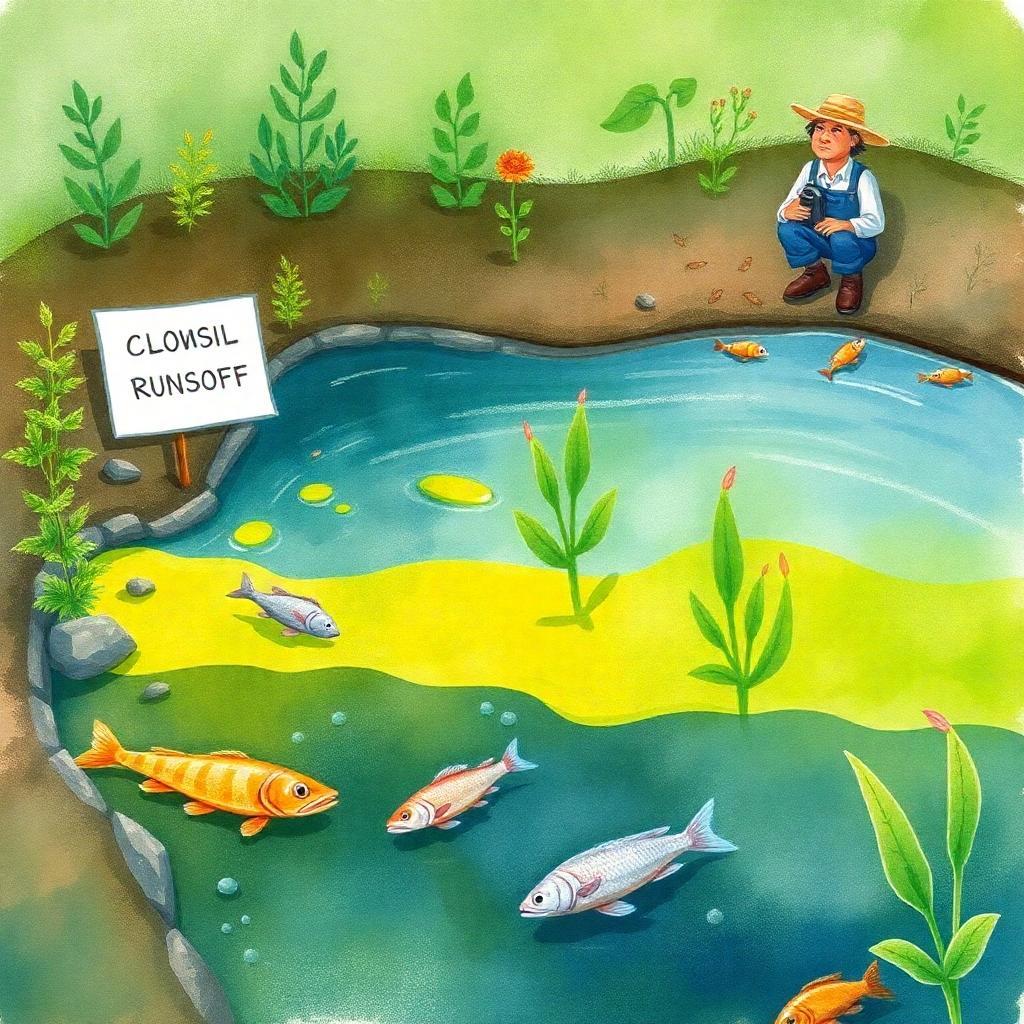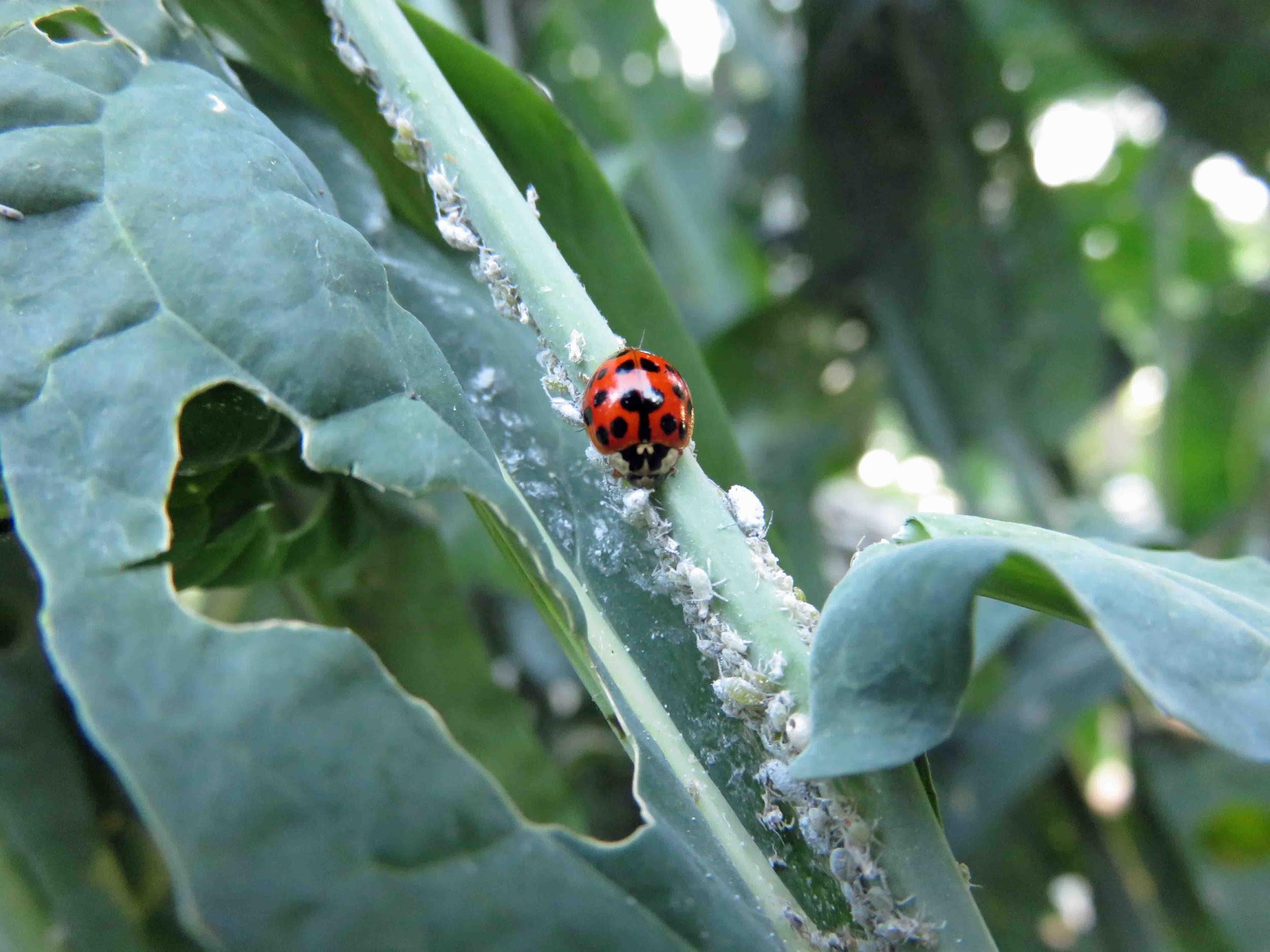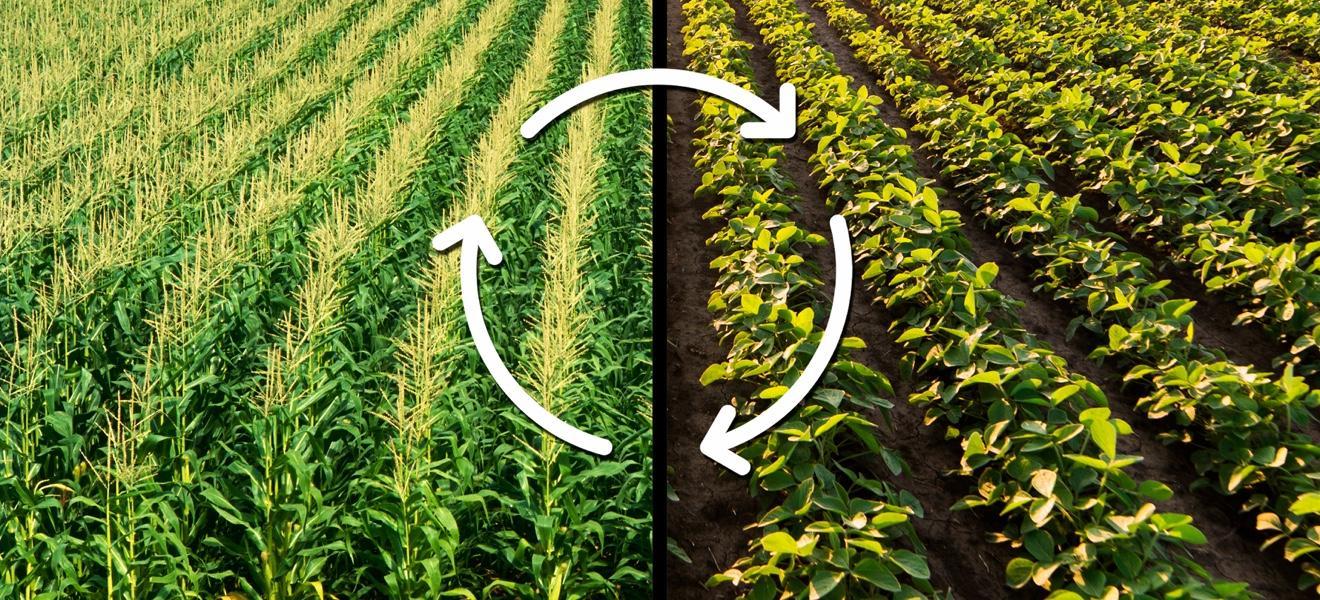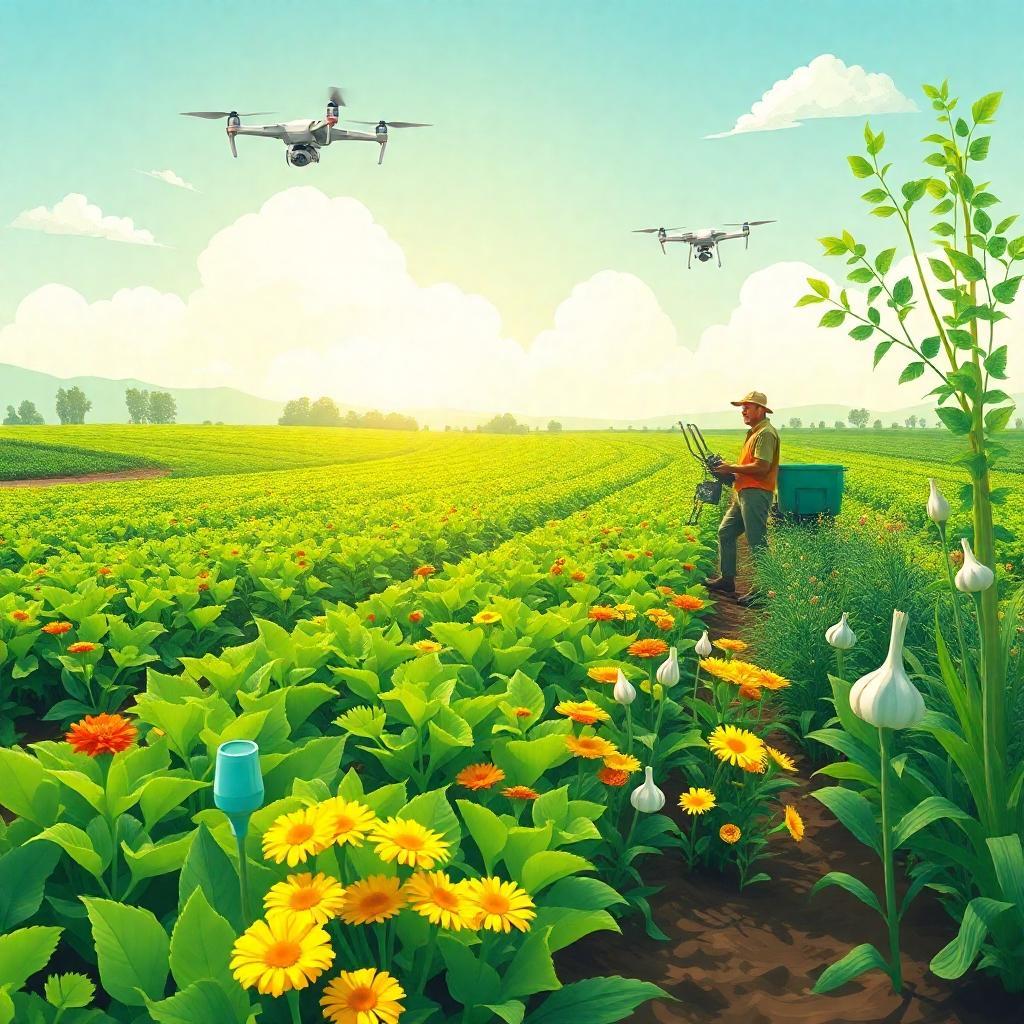




Pestcontrolisessentialinagriculturetosafeguardcropsagainstvariouspeststhatcancausesignificant damage.Thispresentationexplorestheimportanceofprotectingcrops,theharmfuleffectsofchemical-based pestcontrolmethods,andalternativemethods,includingtheIntegratedPestManagementIPM)approach.


Protectingcropsiscrucialforensuringfoodsecurity andmaintainingtheeconomicstabilityofagricultural communities.
● Effectivepestmanagementhelpstomaximize yieldsandimprovethequalityofproduce.
● Sustainablepestcontrolpracticescontributeto environmentalhealthandthepreservationof biodiversity.


Chemicalpesticidescanleadtosoildegradation, affectingsoilhealthandmicrobialdiversity.
● Theyposeriskstohumanhealth,including potentialtoxicexposuretofarmworkersand consumers.
● Chemicalrunoffcancontaminatewatersources, harmingaquaticecosystemsandbiodiversity.



Cultural

Utilizesnaturalpredatorsor parasitestomanagepest populations.Promotestheuseof beneficialinsects,suchas ladybugsandlacewings,to controlharmfulpests.
Involvesagriculturalpractices thatreducepestestablishment, reproduction,andsurvival. Techniquesincludecroprotation, intercropping,andselecting pest-resistantcropvarieties.
Employsphysicalbarriersand trapstopreventpestaccessto crops.Methodsincludeusing rowcovers,insectnets,andtraps tocapturepests.


IPMcombinesvariouspestcontrolmethodstocreatea comprehensivemanagementstrategy.
● Focusesonunderstandingpestlifecyclesand usingacombinationofbiological,cultural,and physicalcontrols.
● Aimstominimizetheuseofchemicalpesticides whileeffectivelymanagingpestpopulations.


Reducesrelianceonchemicalpesticides,promotinga moresustainableapproachtopestmanagement.
● Enhancescropresilienceandimprovesoverall farmproductivity.
● Protectsbeneficialorganismsandmaintains ecologicalbalancewithinthefarmingecosystem.


Variousagriculturalsectorshavesuccessfullyadopted IPM,leadingtoincreasedyieldsandreducedchemical usage.
● Casestudieshighlightpracticalapplicationsof IPMincropssuchasvegetables,fruits,and grains.
● DemonstratestheeffectivenessofIPMin real-worldscenariosanditspotentialforbroader adoption.


ImplementationofIPMcanberesource-intensiveand requiresknowledgeandtraining.
● Farmersmayfacechallengesinmonitoringpest populationsanddeterminingthebest managementstrategies.
● Economicconstraintscanlimitaccessto necessaryresourcesforeffectiveIPMpractices.


Advancementsintechnology,suchasprecision agricultureandbiopesticides,areshapingthefutureof pestcontrol.
● Increasedresearchintogeneticengineeringand naturalpestrepellentsoffersnewsolutionsfor sustainablepestmanagement.
● Growingconsumerdemandfororganicand sustainablyproducedfoodisdrivinginnovationin pestcontrolmethods.






